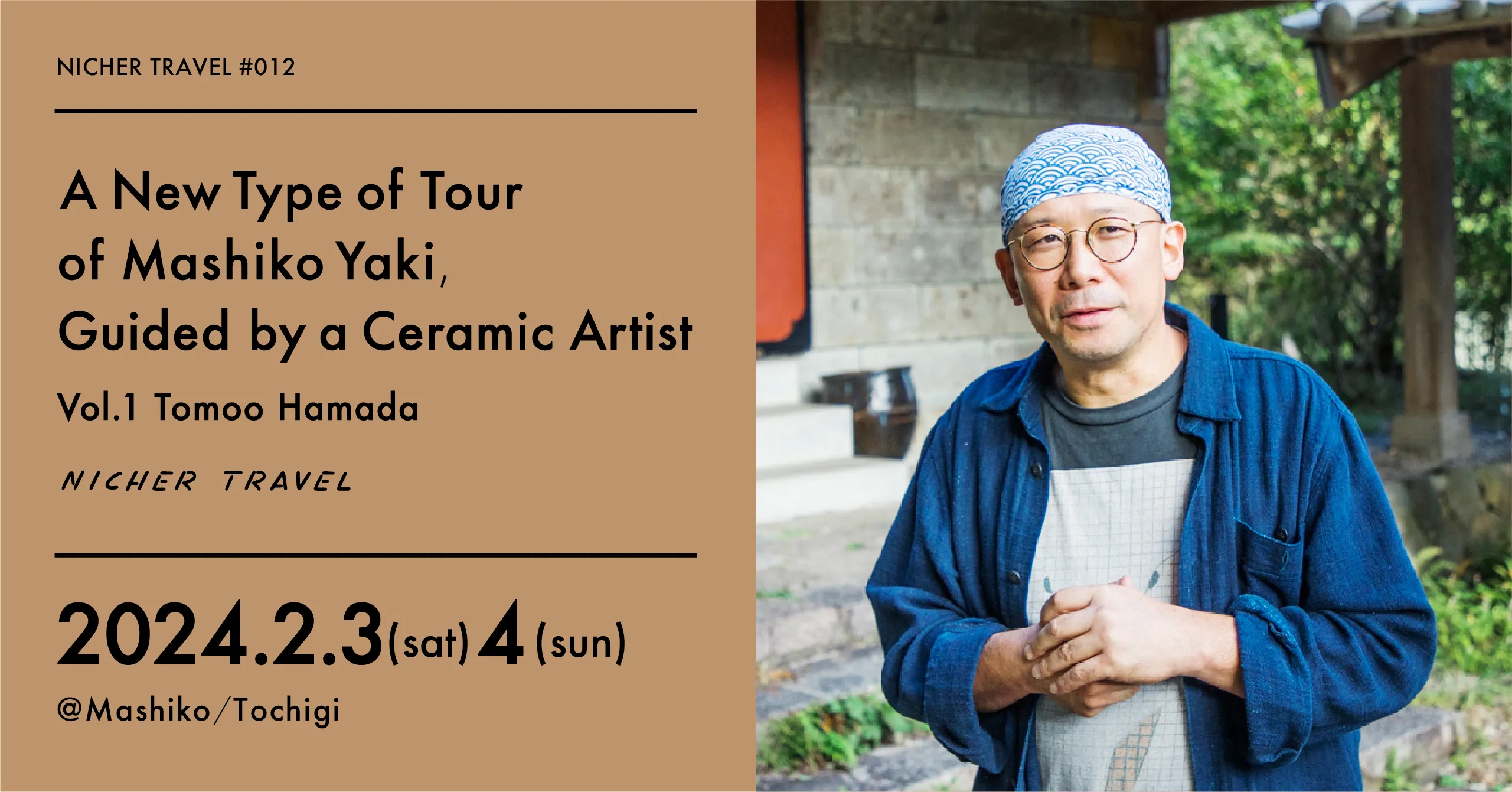
Tochigi
2024.02.03-04

Hi, everybody! This tour is set in the town of Mashiko, Tochigi Prefecture. As many are aware, Mashiko is one of Japan’s celebrated pottery towns. Mashiko is currently home to about 400 potters and potteries. The town’s biannual Pottery Market is said to attract about 600,000 people from all over Japan. While it may seem from this fact that Mashiko’s tourism industry is flourishing, it is absolutely not without its challenges.
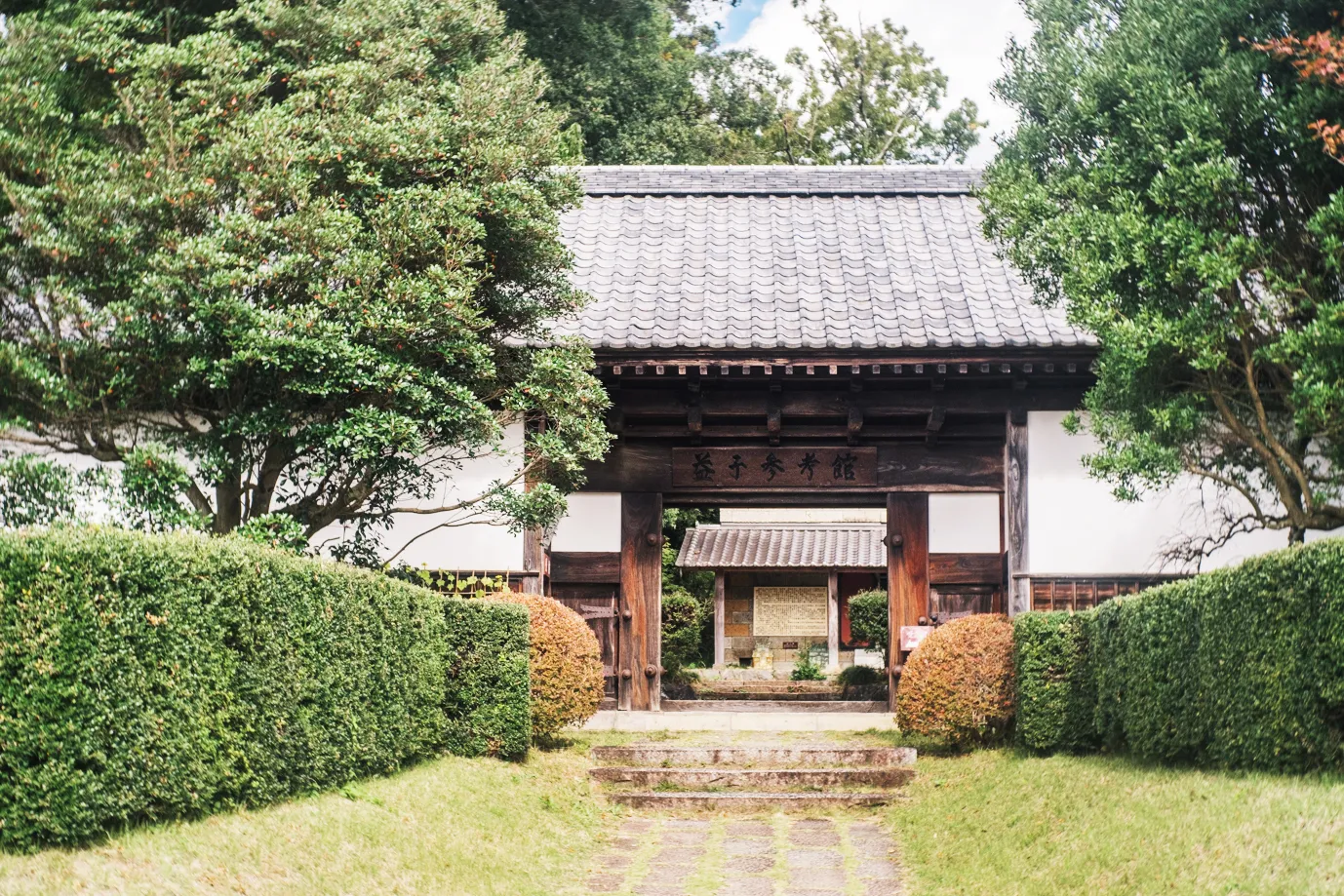
Pottery production is diminishing. Potteries and pottery stores are struggling to find successors. Without the bustle of the Pottery Market, Mashiko looks like another quiet town. The residents want to attract visitors year-round and grow their population of people involved in pottery. So they want visitors to understand the charm of the town itself. To help solve these challenges, we at Nicher Travel are planning a series of tours to showcase “pottery town” Mashiko’s charms, in cooperation with Mashiko Town Office, the devoted Local DMO Mashiko Labo, Mashiko Town Tourist Association, and potters and residents of the town.
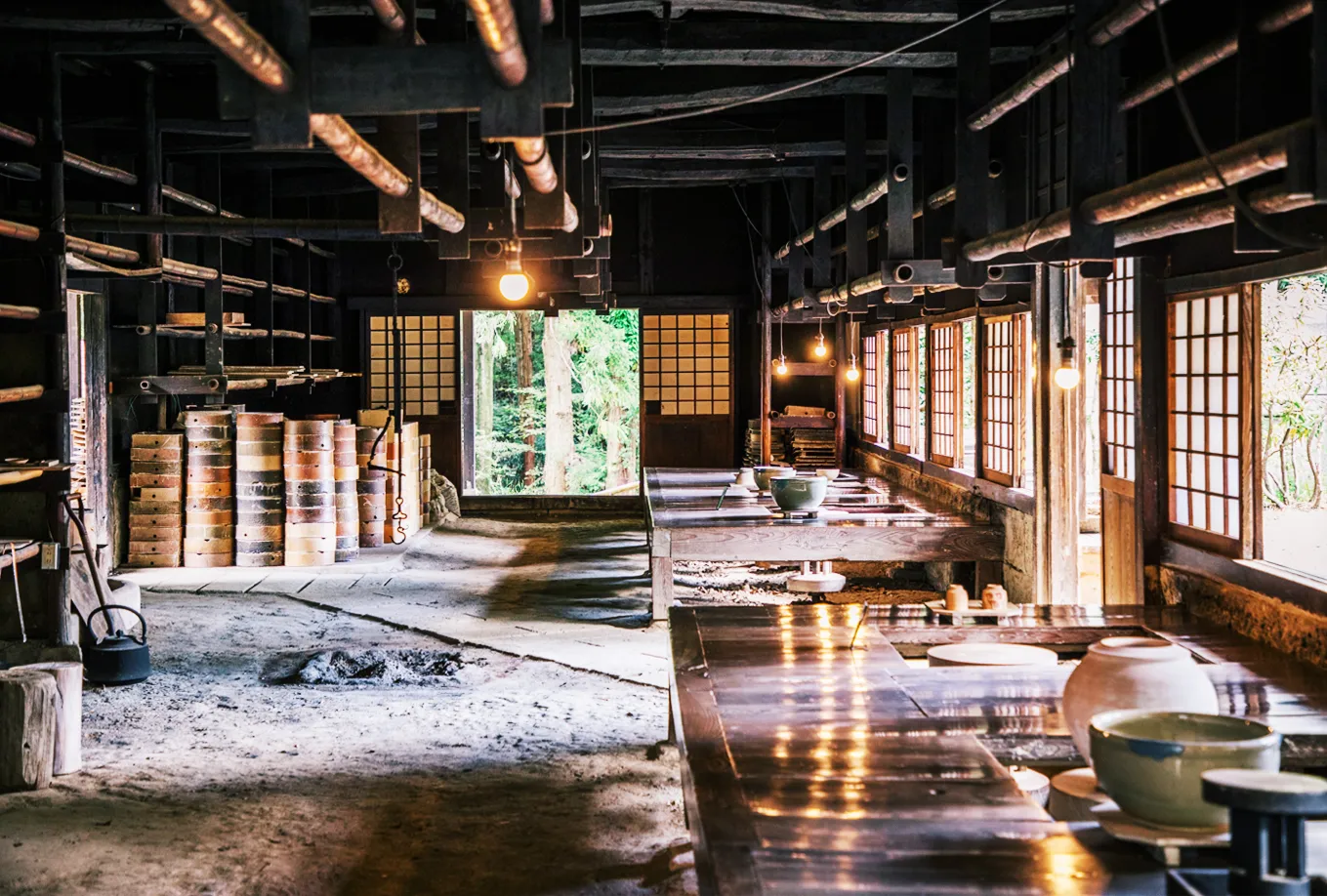

The inaugural tour will be led by none other than potter Tomoo Hamada. Tomoo-san is the grandson of late Living National Treasure Shoji Hamada, who worked alongside the likes of Muneyoshi Yanagi and Kanjiro Kawai as a leader of the mingei (folk craft) movement. Today, Tomoo-san not only works as the third-generation head of the Hamada Pottery opened by Shoji Hamada in 1930, but also serves as the curator of the Shoji Hamada Memorial Mashiko Sankokan Museum, which holds his grandfather’s collection of fine mingei crafts and ceramics collected from around Japan and the world.
This tour is an introduction to Mashiko, exploring how it became a “pottery town.” We will learn about its history, climate, and the allure of pottery itself. From here, we would like to invite Tomoo-san to join us and tell his story.
【目次】


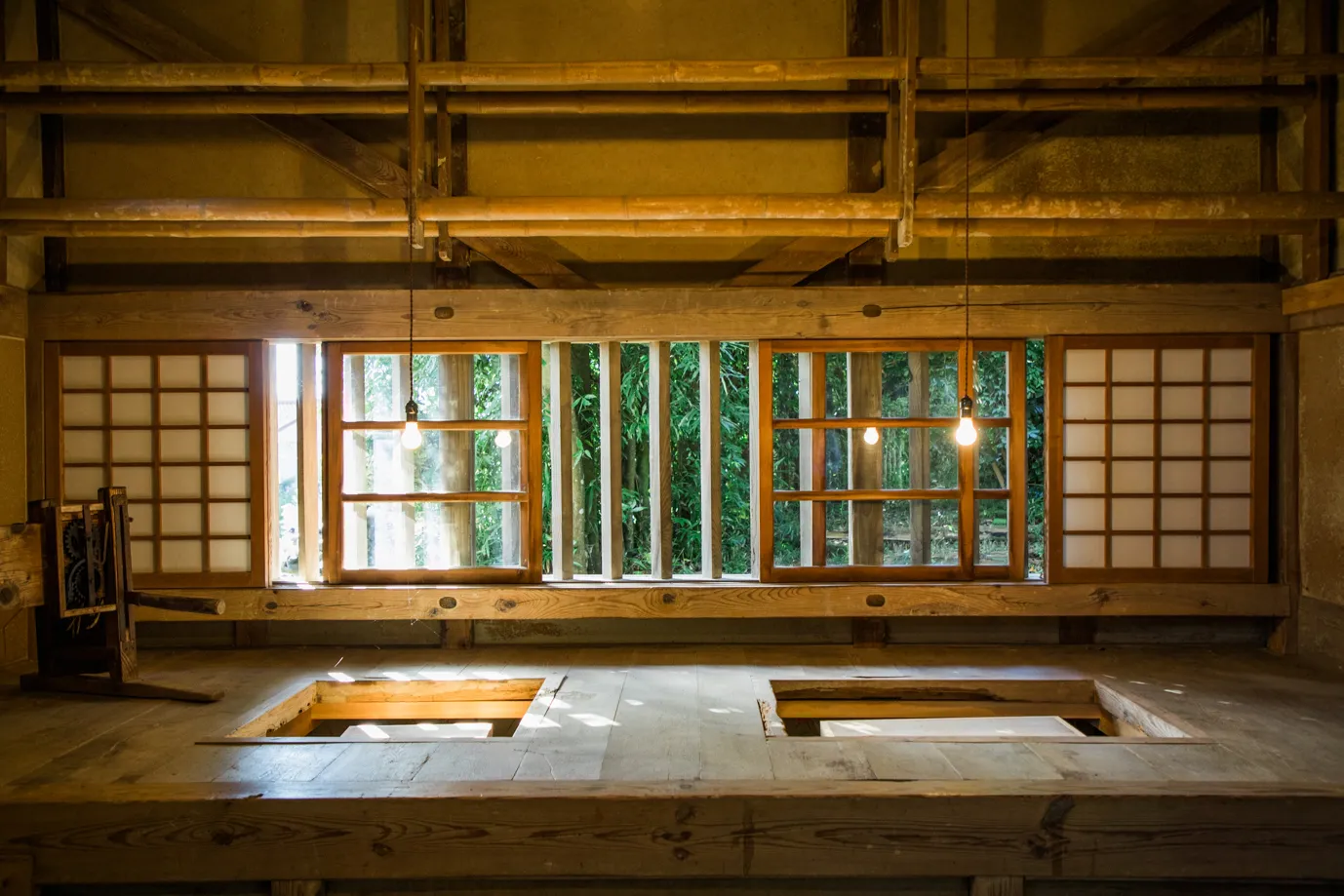
—It’s a pleasure to join you today, Tomoo-san. I’m looking forward to hearing the details on the day of the tour, but could you first give us a brief overview of the roots and history of Mashiko ware?
Hamada: The origin of Mashiko ware dates back about 170 years. In the late Edo period, an official pottery of the Kurobane Domain was established in what was then Mashiko Village, and the techniques of Kasama ware were introduced. In 1871, with the abolishment of feudal domains and the establishment of the prefectures, the official pottery was disbanded. With the domain’s support gone, the pottery began operating as a private operation.
The potters used Seto ware and Shigaraki ware techniques to make water jars, mortars, dobin teapots, and other products in response to orders from the capital region, and merchants sold them. It was a town of artisans, so it didn’t have an identity as a production area in the beginning.
It went well for a while, but then modern times arrived and the infrastructure was developed. Piped water supplies did away with the need for water jars, and dobin teapots were replaced by kettles, so orders steadily decreased. It was around when Mashiko was losing its vitality as a production area that Shoji Hamada arrived.
—Shoji Hamada famously said “I found my way in Kyoto, began in Britain, learnt in Okinawa and matured in Mashiko.” What inspired him to open a pottery in Mashiko?
Hamada: Shoji Hamada came to Mashiko because he fell in love with the old-fashioned simple folk craftsmanship. He felt he could do his best work in this town. But he didn’t make folk crafts, he made tableware— plates, cups, crockery, tea utensils and so forth.
By making things that until that point had never been made in Mashiko, he achieved high acclaim and success as a potter. It seemed that seeing each teacup with a different shape came as quite a shock to artisans who had been making the same things over and over. Apparently they said things about him like “If you talk to someone who makes such an inconsistent jumble of things, it will only degrade your skills, so it’s better not to go.” (Laughs)
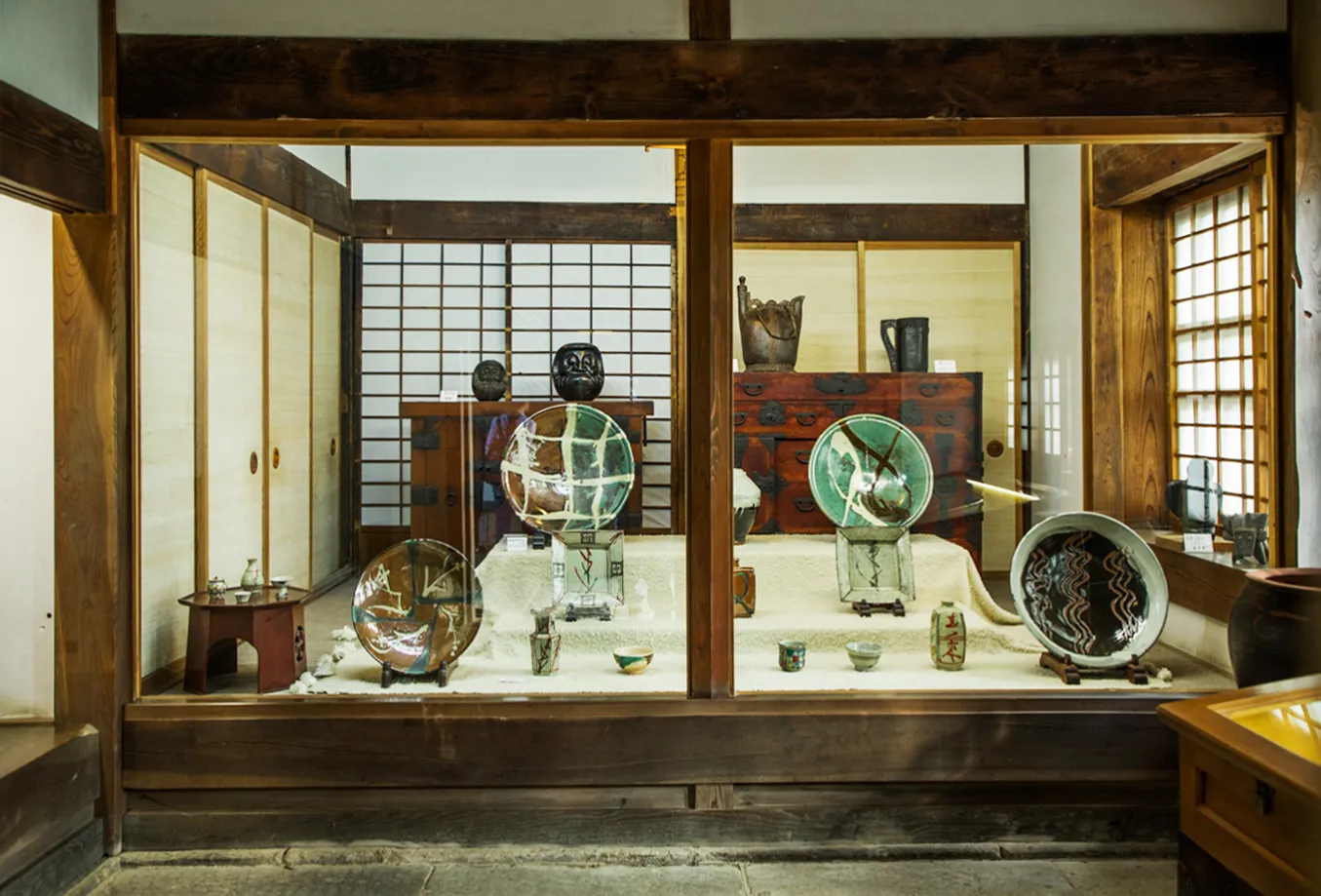

—That’s an interesting episode. (Laughs) So even though Shoji Hamada was one of the main forces behind the mingei movement, as an individual, he was still engrossed in his own pottery.
Hamada: It’s a bit hard to tell, but as a leader of the mingei movement, he travelled all over Japan, including Mashiko, encouraging artisans to preserve their crafts. But Mashiko didn’t have a long history and lacked the traditional system seen in western Japan, where the craft flourished for centuries and work was apportioned to artisans.
As times changed, demand fell and potteries declined. Amid these historical circumstances, he was clearly articulating his vision for the future of potters. This began to convince the people of Mashiko to think “Well, maybe we really should follow him.”
In due course he gained more apprentices, and with time, they took on their own apprentices, leading to an exponential increase in independent ceramic artists. Mashiko modernized with the rest of the world, eventually shaping its identity as a pottery town.
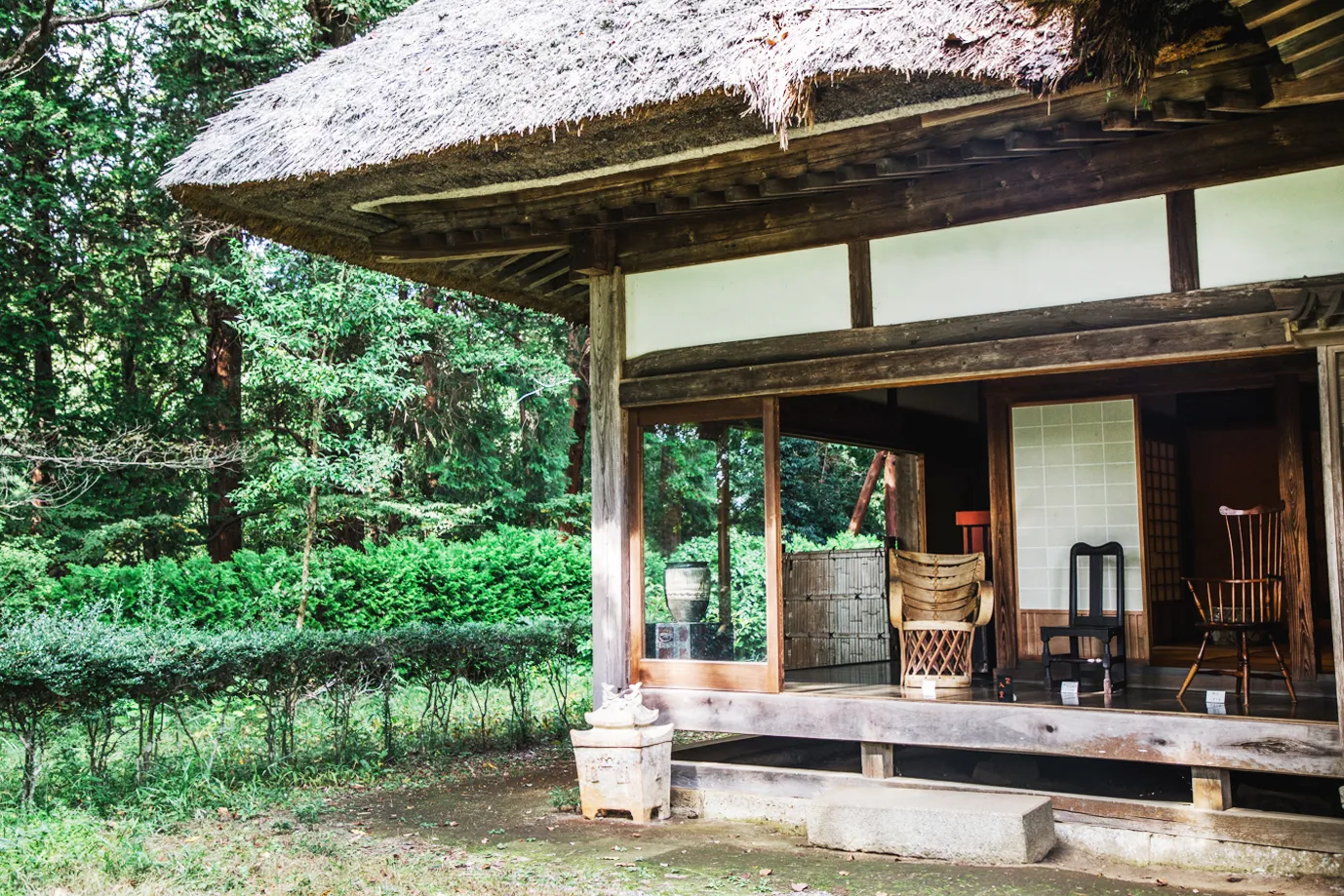
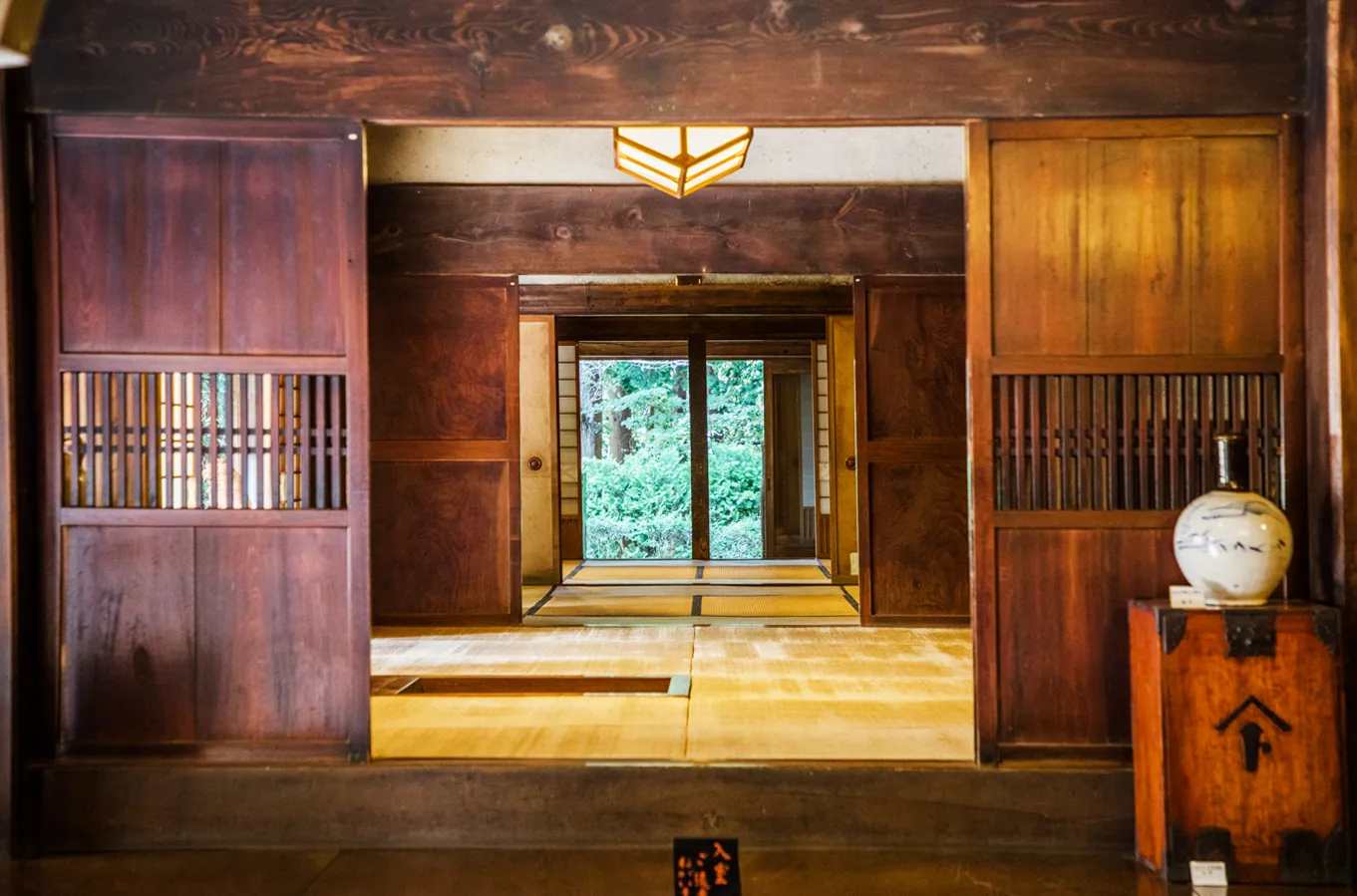
—Mashiko has so many potters who came from elsewhere to live here. Is it just me, or is there no set style, unlike other regions? There’s an impression of freedom. Maybe that helped to develop Mashiko ware’s character.
Hamada: In Mashiko, there are no schools or factions. Apparently in Shoji Hamada’s heyday, some people around him wanted to establish a large faction in Mashiko; but he decided against it, saying “Mashiko ware would lose its essence, so it’s better to let it stay free.” He believed creating a pyramid-like organization would lead to restrictions and stifle creativity. He considered Mashiko and its future, and seemed to think it was better to emphasize freedom.
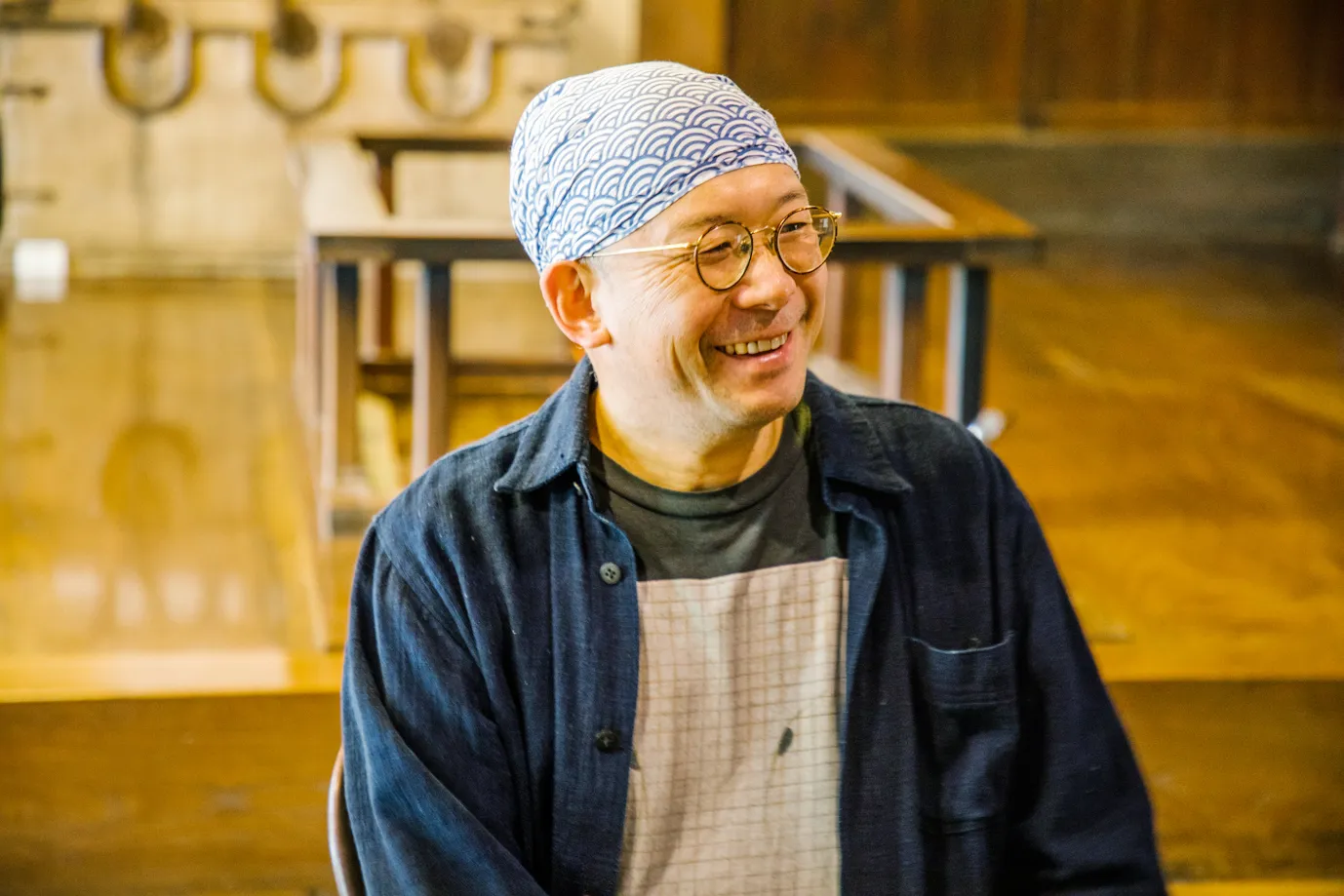
—That’s why Mashiko ware is hard to define, in a good way, right? (Laughs) It just seems very serene, or rather, there’s a warmth to it all. Is there a shared mentality on a town level?
Hamada: Mashiko has a simple, countryside feel. It’s not putting on airs. Also, the neighboring pottery production area, Kasama, was like the back parlor of the Mito Domain once; it has a large shrine, Kasama Inari, which gives it a vaguely urban, stylish feel. I don't know if Shoji Hamada compared the two areas before settling in Mashiko, but Mashiko lacks Kasama’s overt allure.
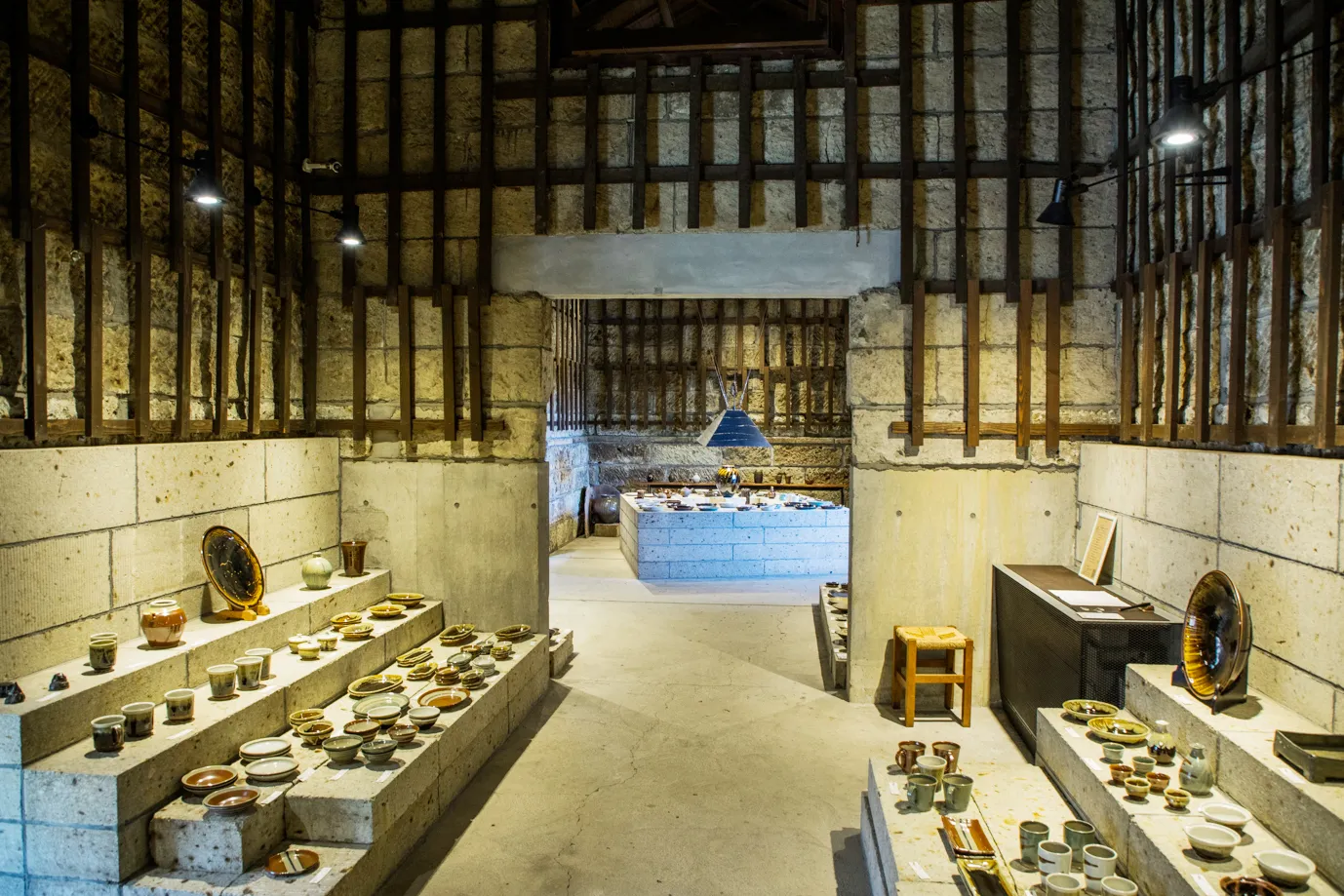

I think he felt the rural soundness and simplicity here. And if you look at history, you can see that the Haga District where Mashiko lies has been a peaceful area free of war since the Heian and Kamakura periods. It has a firm foundation that the farmers have built over the centuries. It’s a town with a conservative footing, over which innovative people are freely rushing about.
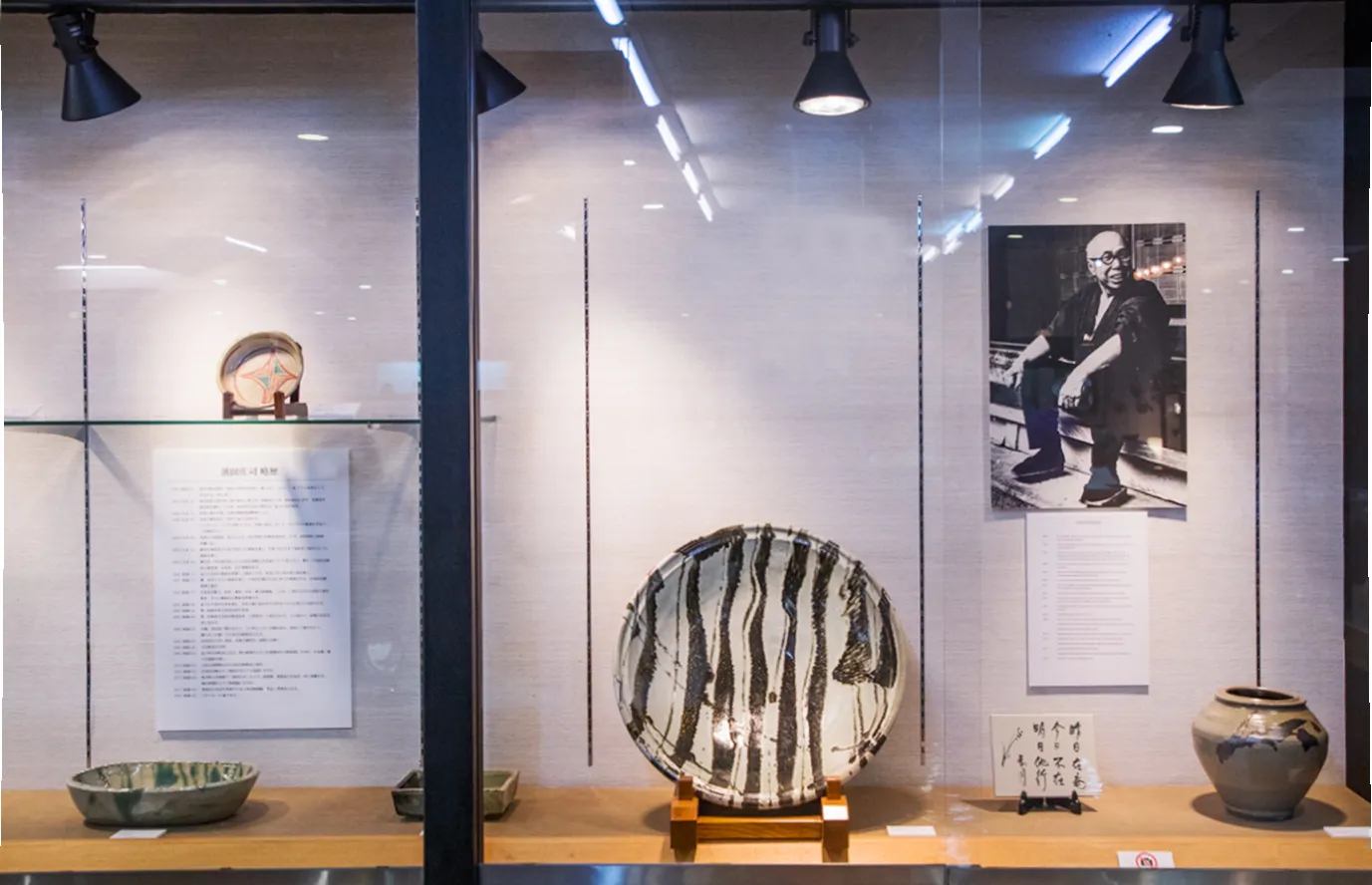
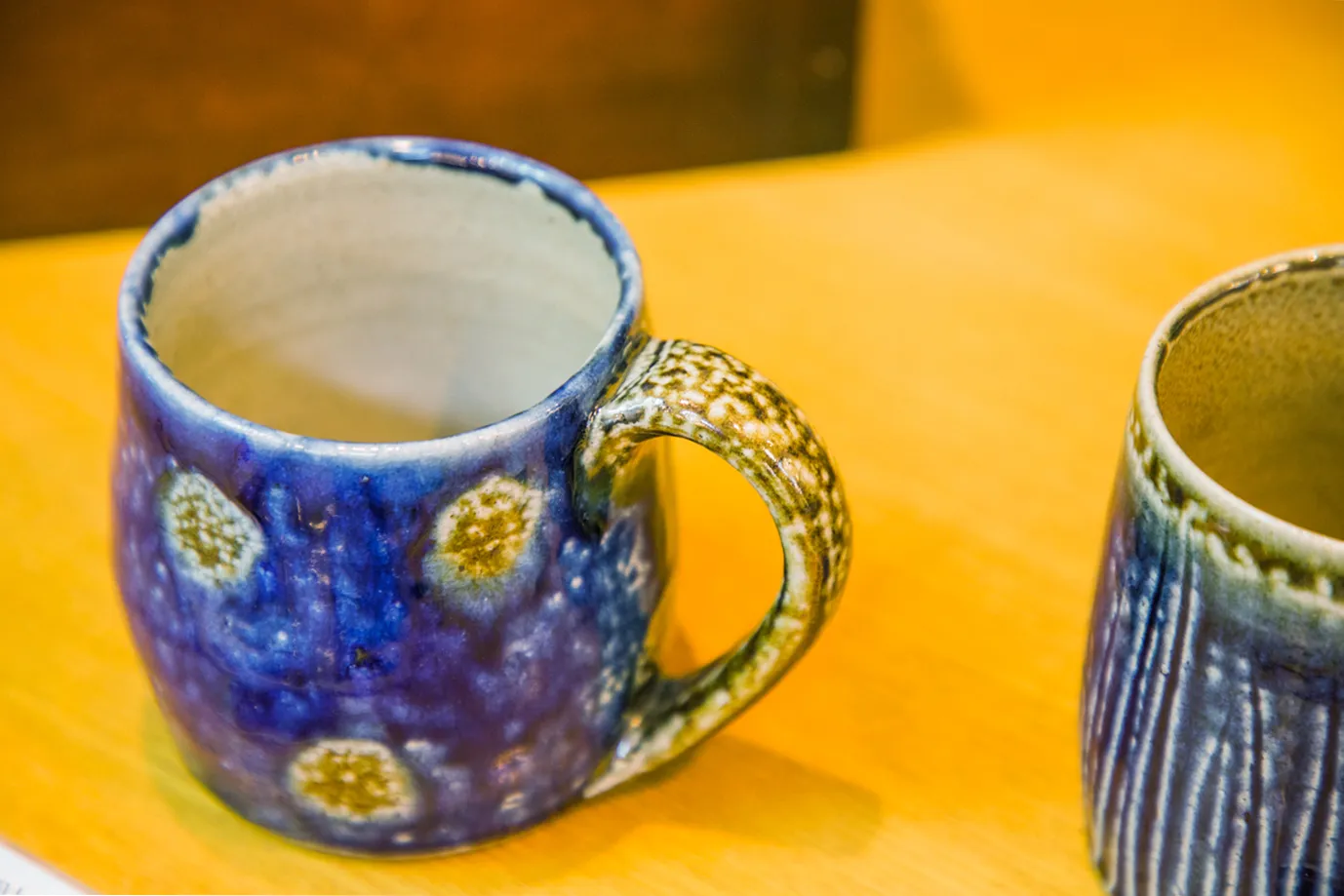
—So on the tour, you will guide us around the Shoji Hamada Memorial Mashiko Sankokan Museum and the Hamada Pottery. For lunch, we will try pasties, which are a kind of pastry Shoji Hamada loved that hails from Cornwall in southwest England. After that, we will take part in a pottery workshop. For dinner, we’ll have sushi from your favorite restaurant, Sushi Tomi, served on dishes from the Hamada Pottery. And after everyone’s enjoyed the delicious meal, maybe those of us interested will go to Bar Reishiki to have a drink. (Laughs) The next day, we’ll explore the main street—Jonaizaka—and the surrounding area. It’s a truly luxurious, packed itinerary. Could you share a message for those considering joining the tour?
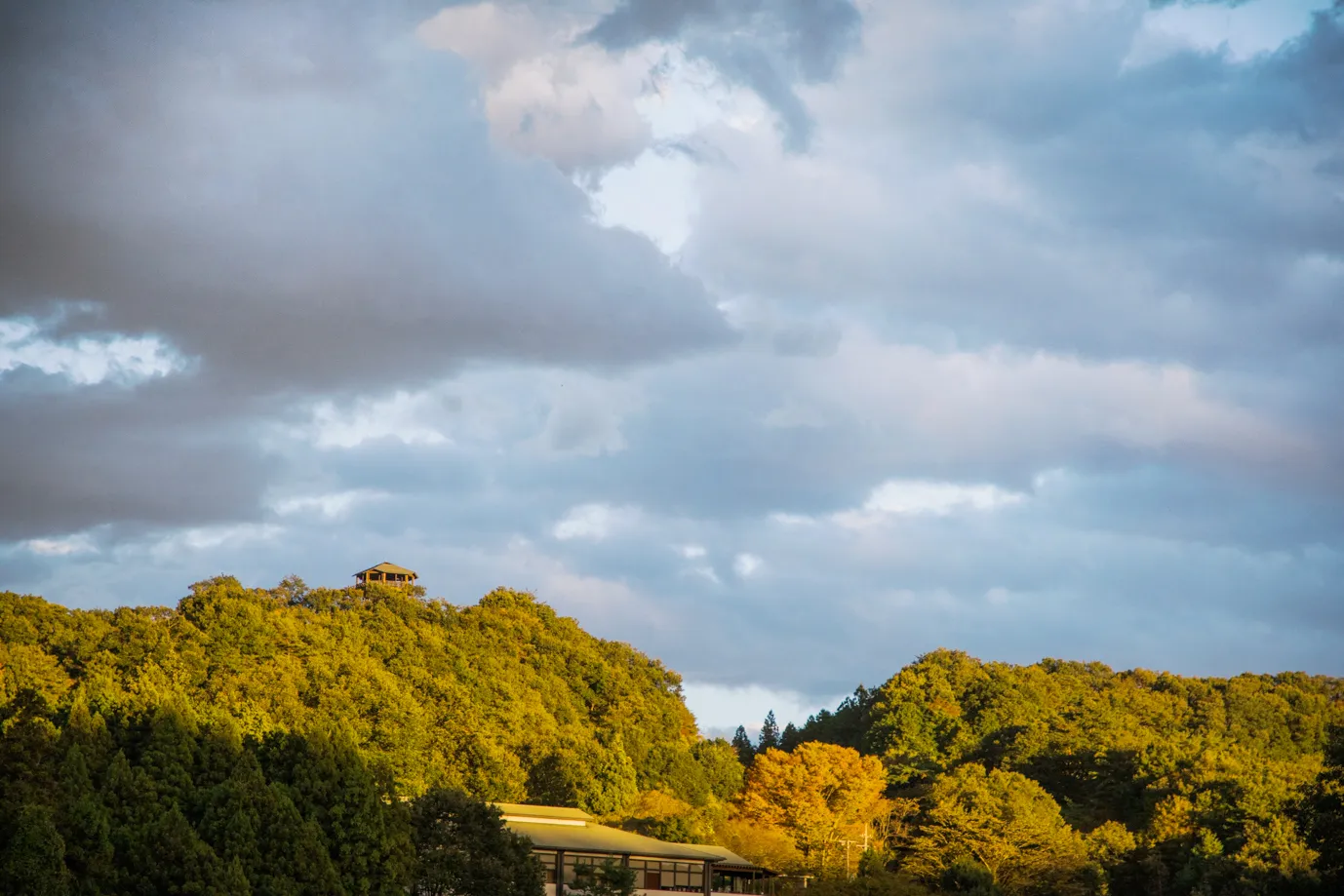

Hamada: Some simple advice: there will be a pottery workshop, so please make sure your nails are short. For women, please wear comfortable clothes instead of skirts. Also, I would be glad if you could not just purchase pottery, but also Mashiko’s farm produce. And it would be even better if you could settle down here. (Laughs) I hope you enjoy the smell of Mashiko's clay and farm soil.
Tomoo Hamada
Born in Mashiko 1967. Son of Shinsaku Hamada and grandson of Shoji Hamada. Graduated from Tama Art University’s Department of Sculpture and completed postgraduate studies in sculpture at the university’s Graduate Program. During his university years, he began training as a potter under Shinsaku Hamada at the Hamada Pottery. In 1995, he visited St Ives, Dartington, London, and other places in the UK as part of a delegation from Mashiko. In the same year, he held his first solo exhibition. Since then, he has held exhibitions, lectures, and pottery workshops at art museums, universities, pottery facilities, department stores, galleries, embassies, etc., both in Japan and internationally. In 2015 and 2018, he presided over the Shoji Hamada Noborigama Revival Project at the Shoji Hamada Memorial Mashiko Sankokan Museum, receiving high praise from the many Mashiko ware and Kasama ware potters who participated. As a representative of MASHIKO Product, he was involved in production of the BOTE & SUTTO Mashiko ware brand, and gave it its name. He is the curator of the Shoji Hamada Memorial Mashiko Sankokan Museum and the president of Hamadagama K.K.
Assembly:February 3, 2024 (Sat) 09:00 Disbanding:February 4, 2024 (Sun) ~13:45
Apply via the link below to participate

When applying, please choose departure from and arrival at JR Ishibashi Station or Moka Railway Mashiko Station.
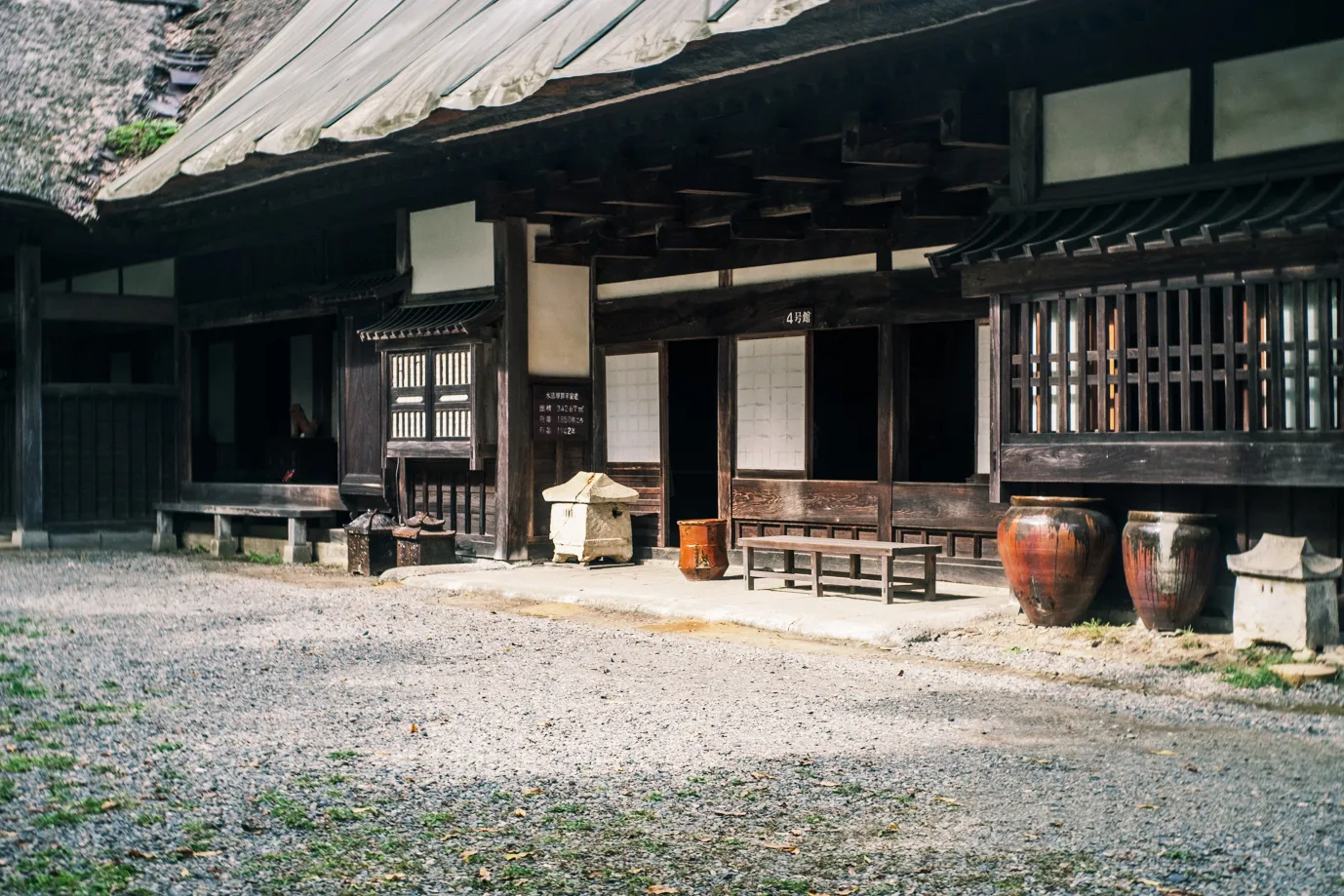
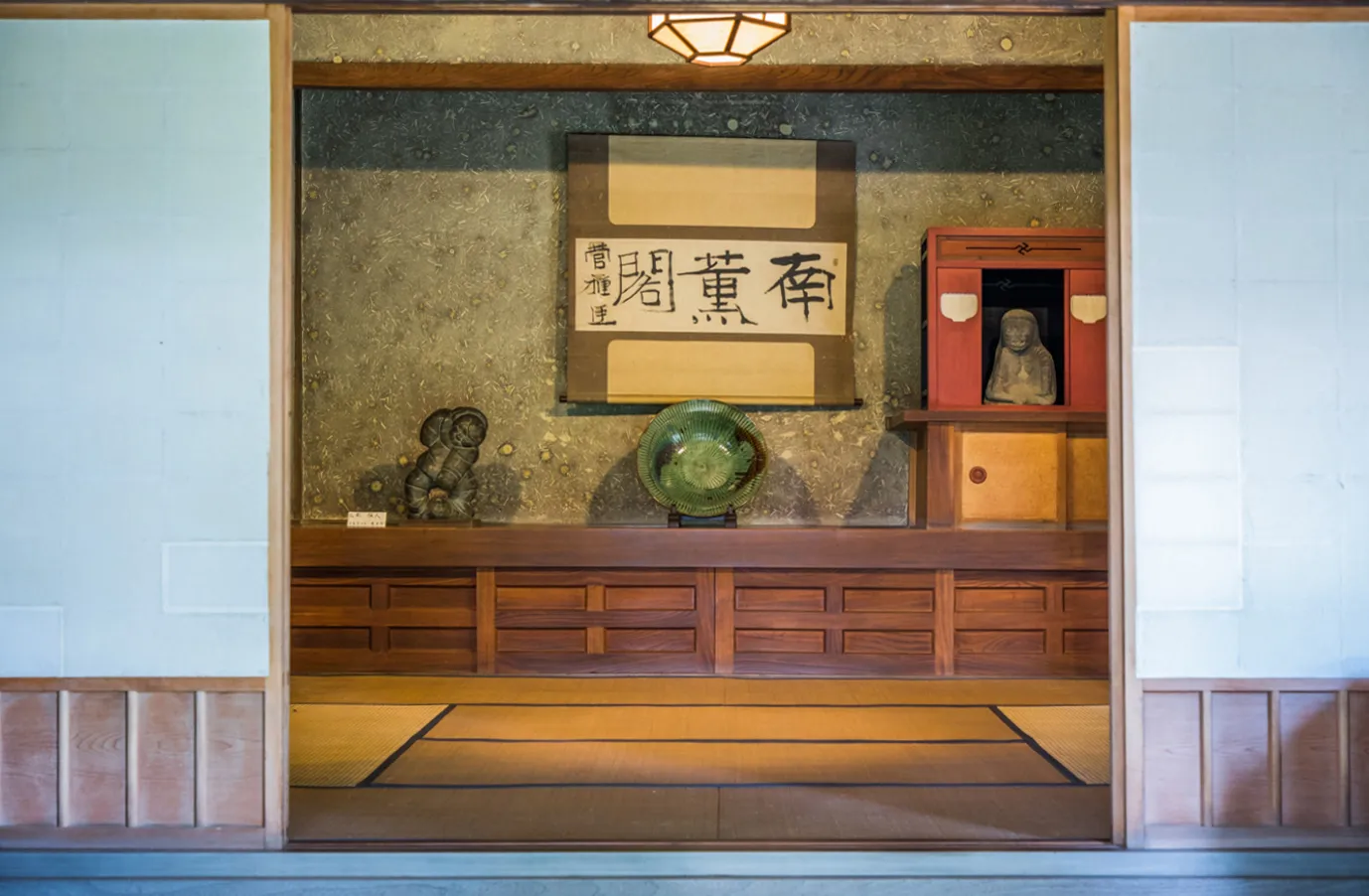
The bus from Ishibashi Station transits the Moka Railway’s Mashiko Station and arrives at Shoji Hamada Memorial Mashiko Sankokan Museum. After reception and tour guidance, there is a break for participants to get to know one another. Your guide, Tomoo Hamada, will join in and help everyone to feel at home.

The main dish for lunch is pasties, which have been a Hamada family specialty for generations. About 90 years ago, Shoji Hamada brought back the Cornish pasty from St Ives in Cornwall, England. Mashiko’s pasties recreate the rustic pastry with local ingredients. The pasties we will enjoy are handmade by a local bakery, Boulange 770. The bakery also sells “Mashiko pasties,” which recreate the Hamada family recipe, at Mashiko Roadside Rest Area. Part of the sales go toward re-thatching the roof of the Sankokan Museum. On the day of the tour, Tomoo-san’s wife Masako-san will explain how the pasties are prepared and hand out printouts of the Hamada’s secret recipe.

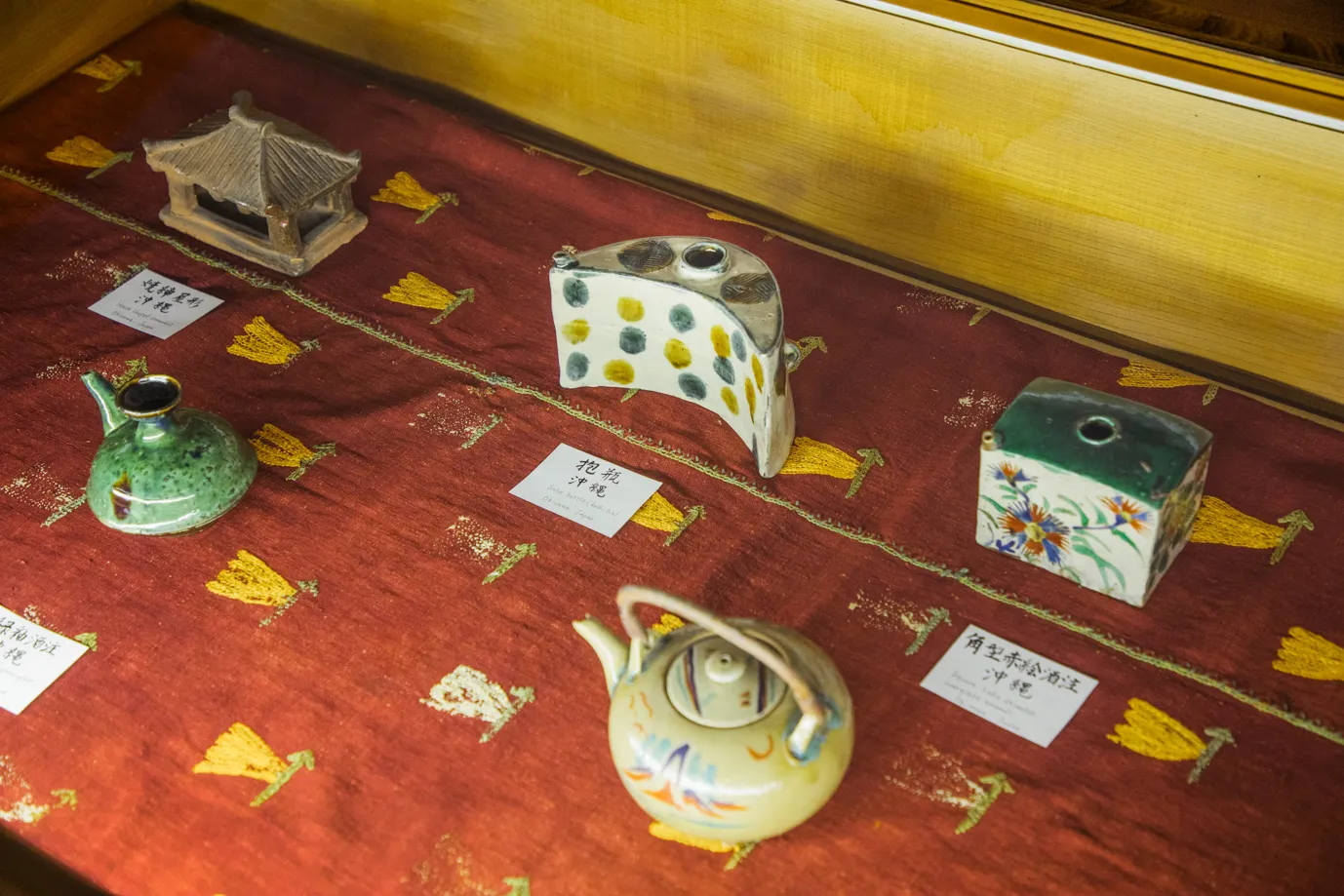
After lunch, Tomoo-san will give a lecture about Shoji Hamada, mingei, crafts, and Mashiko ware. When the lecture ends, we will explore the Shoji Hamada Memorial Mashiko Sankokan Museum and the Hamada Pottery. We will see Shoji Hamada’s workshop and the climbing kiln, as well as the wheel-throwing studio at Hamada Pottery's longhouse gate where Shoji Hamada and Bernard Leach made pottery together. Tomoo-san will provide commentary on the world-class collection. We will also learn about Shoji Hamada’s pursuit of yo no bi—beauty in utility.
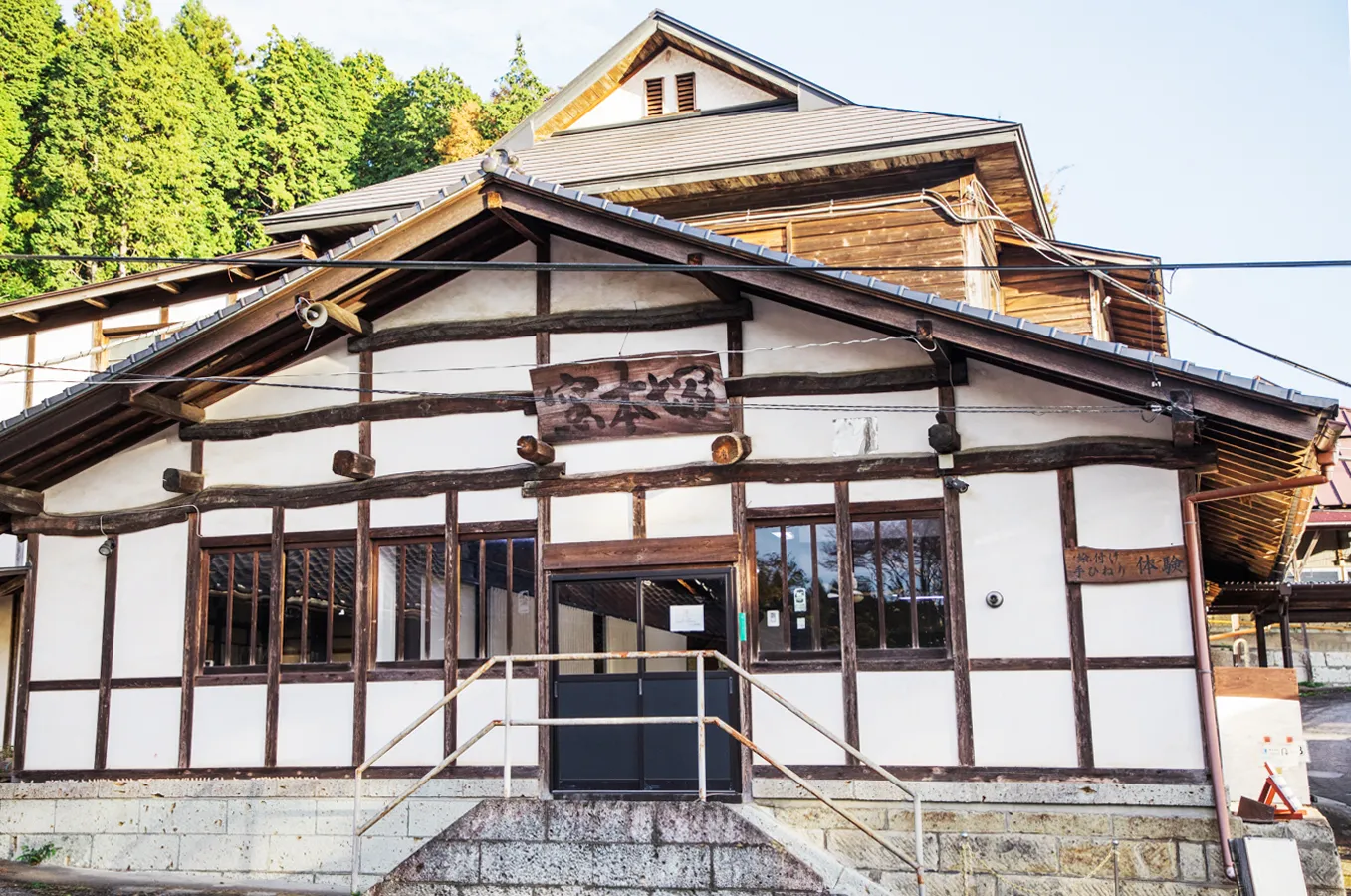
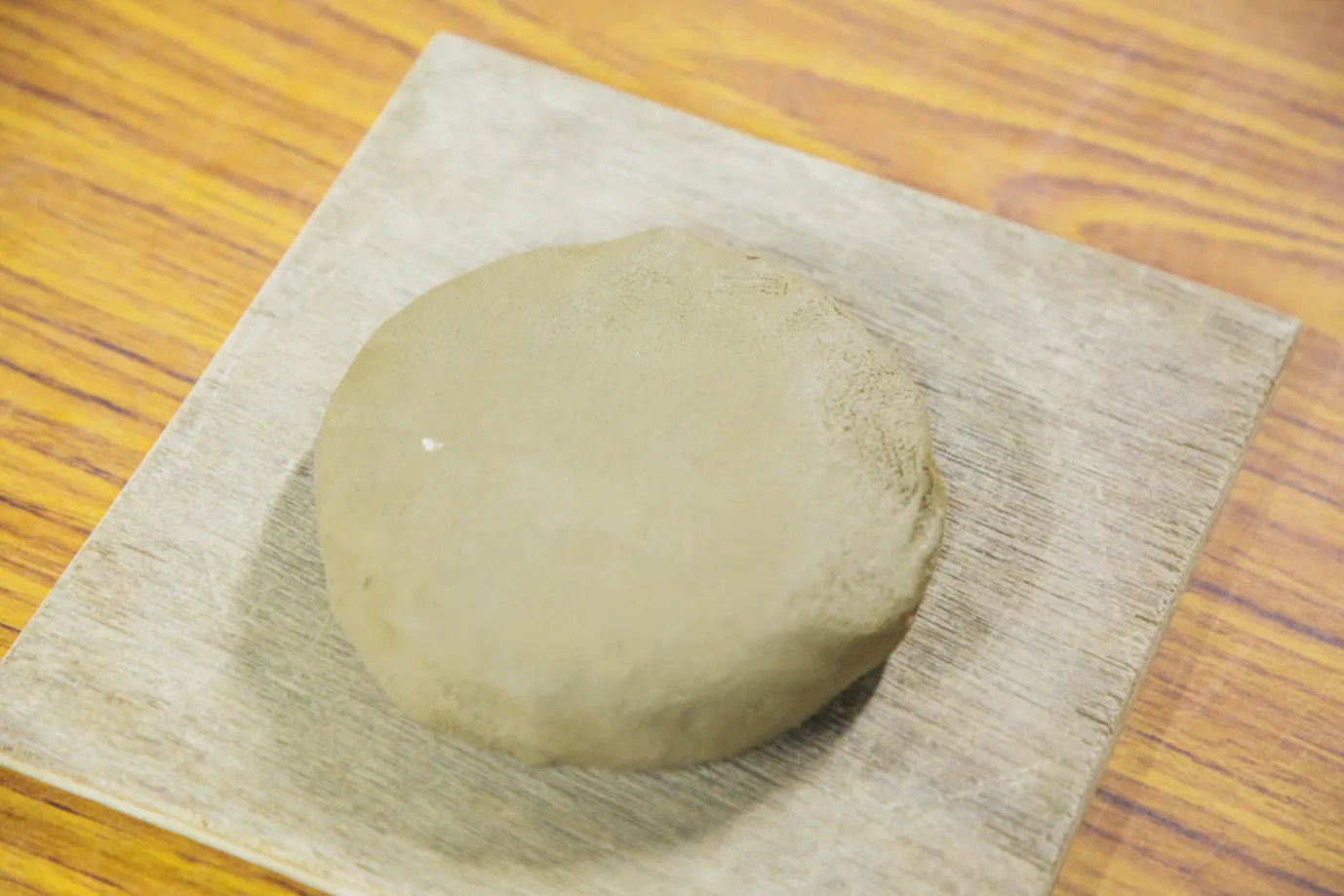
Founded in 1864, Mashiko Tsukamoto has a long history as the largest producer of Mashiko ware. The pottery holds courses in tebineri, the art of free-forming objects by hand. Participants stack and stretch clay, challenging their creativity. After shaping your creation, you can select from a range of classic Mashiko ware glazes. Later, staff will finish and fire it. The completed pottery will be delivered to you by post or courier in about two months. After the workshop, you can enjoy shopping at the Mashiko Tsukamoto store. Why not take home a unique creation of the potters of Mashiko as a memento of your journey?
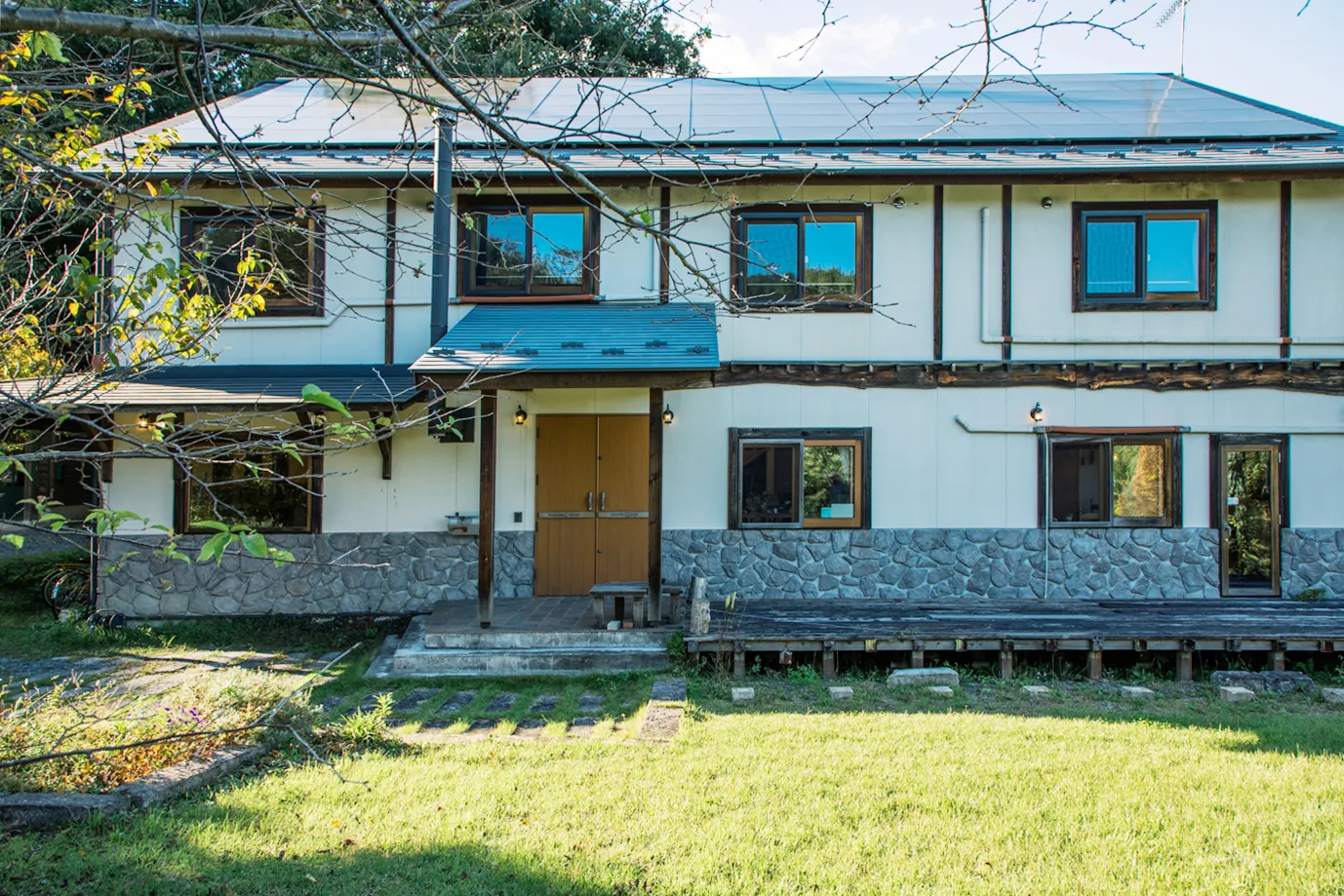


After checking into the hotel, enjoy some free time. For this tour, we’ve prepared three accommodations, each with its own unique character, so look forward to it!
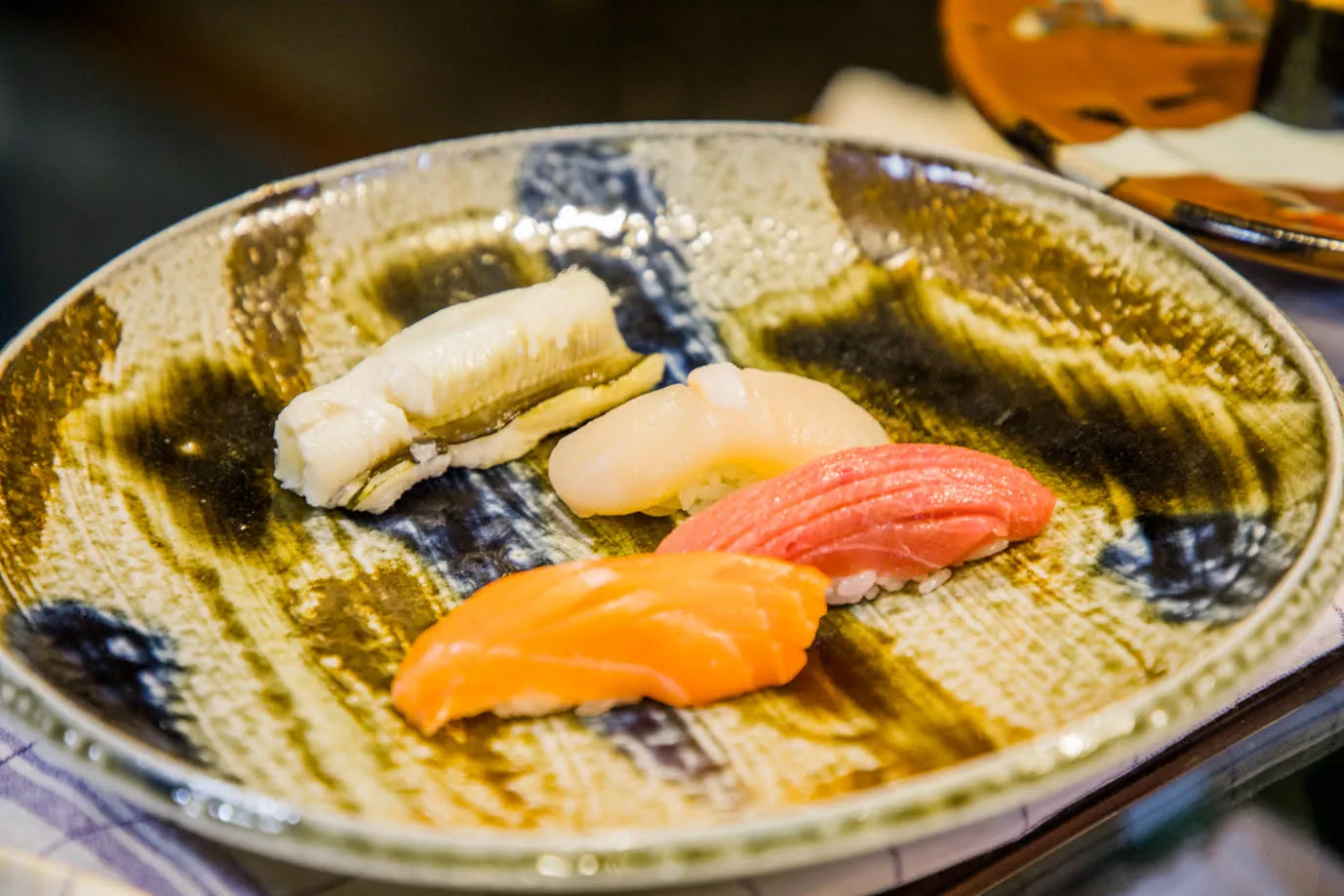
The much-awaited dinner is a luxurious catered feast from Sushi Tomi, a famous Mashiko restaurant frequented by Tomoo-san himself! Of course, the dishes are also Hamada Pottery creations that Tomoo-san made. The venue is Hijinowa cafe & space, a community space operated by volunteers, set in a renovated century-old minka house. Dinner is a perfect time for participants to cultivate meaningful exchanges while listening to Tomoo-san’s stories.

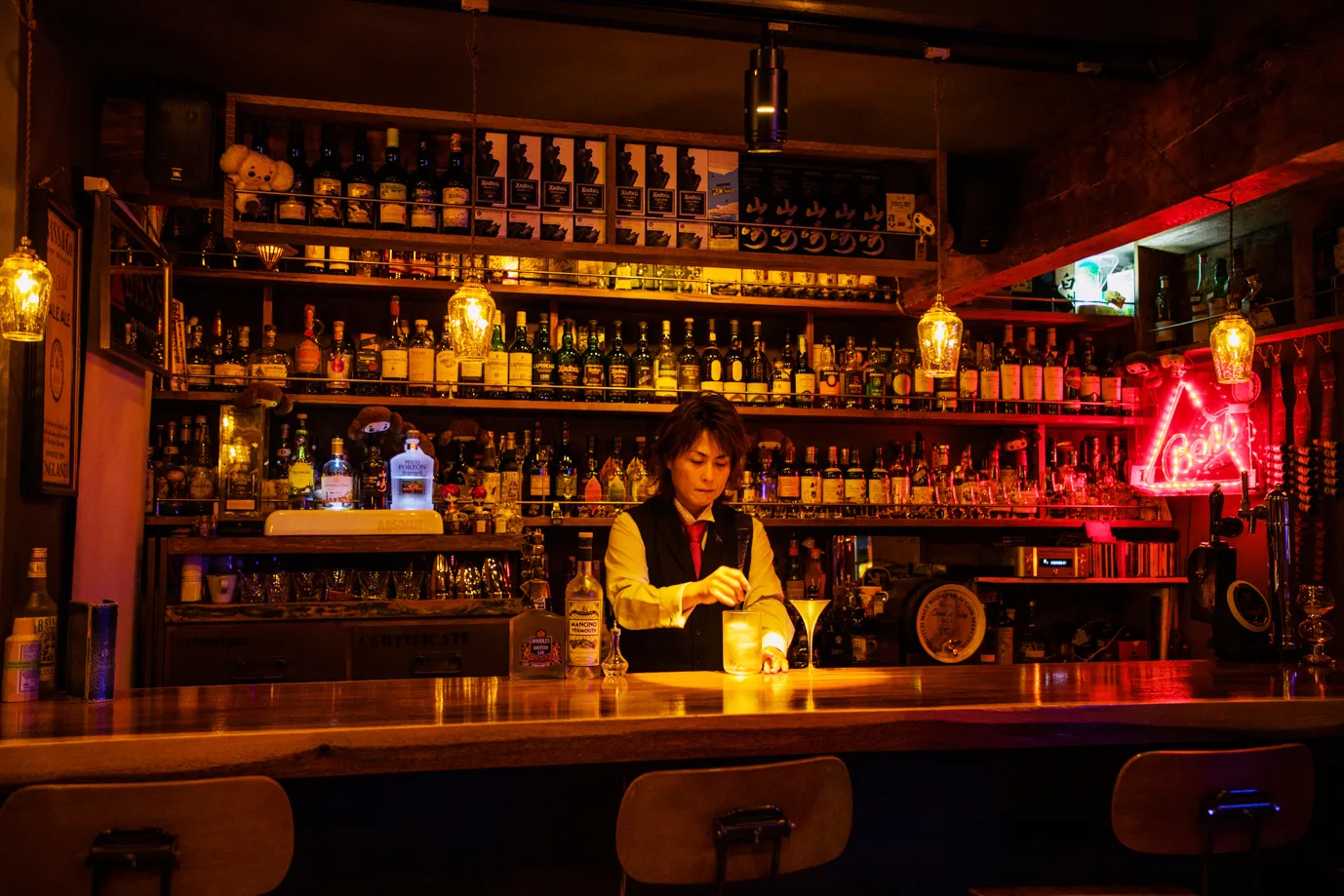
After dinner, those interested are invited to go on a night tour. If you’re thinking “I want to talk with everyone some more!” then by all means, join us. The venue is Bar Reishiki, another of Tomoo-san’s favorite haunts, which was opened by a local who returned from the big city out of love for his hometown. Here’s to a great evening, enjoyed responsibly in fine company.
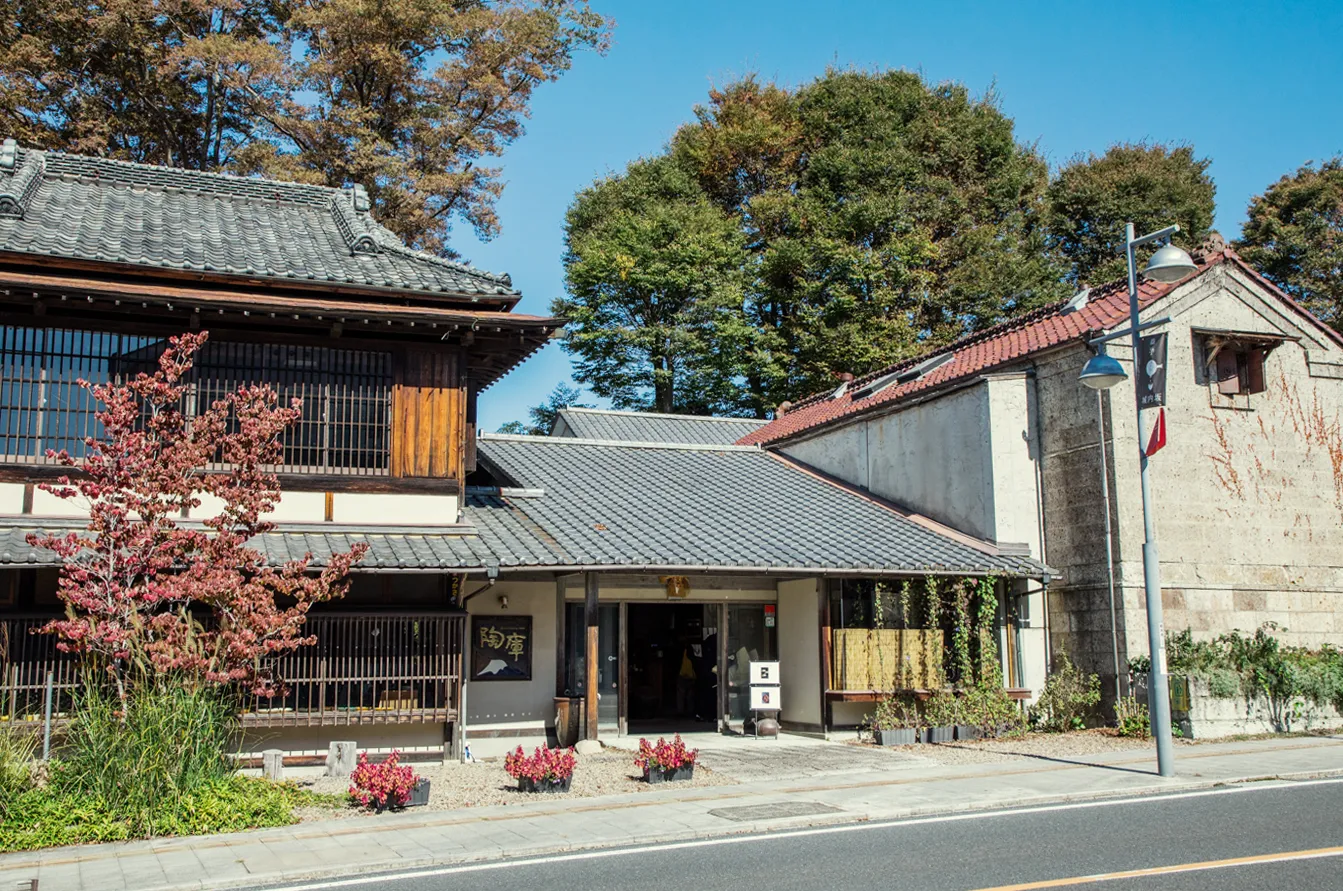
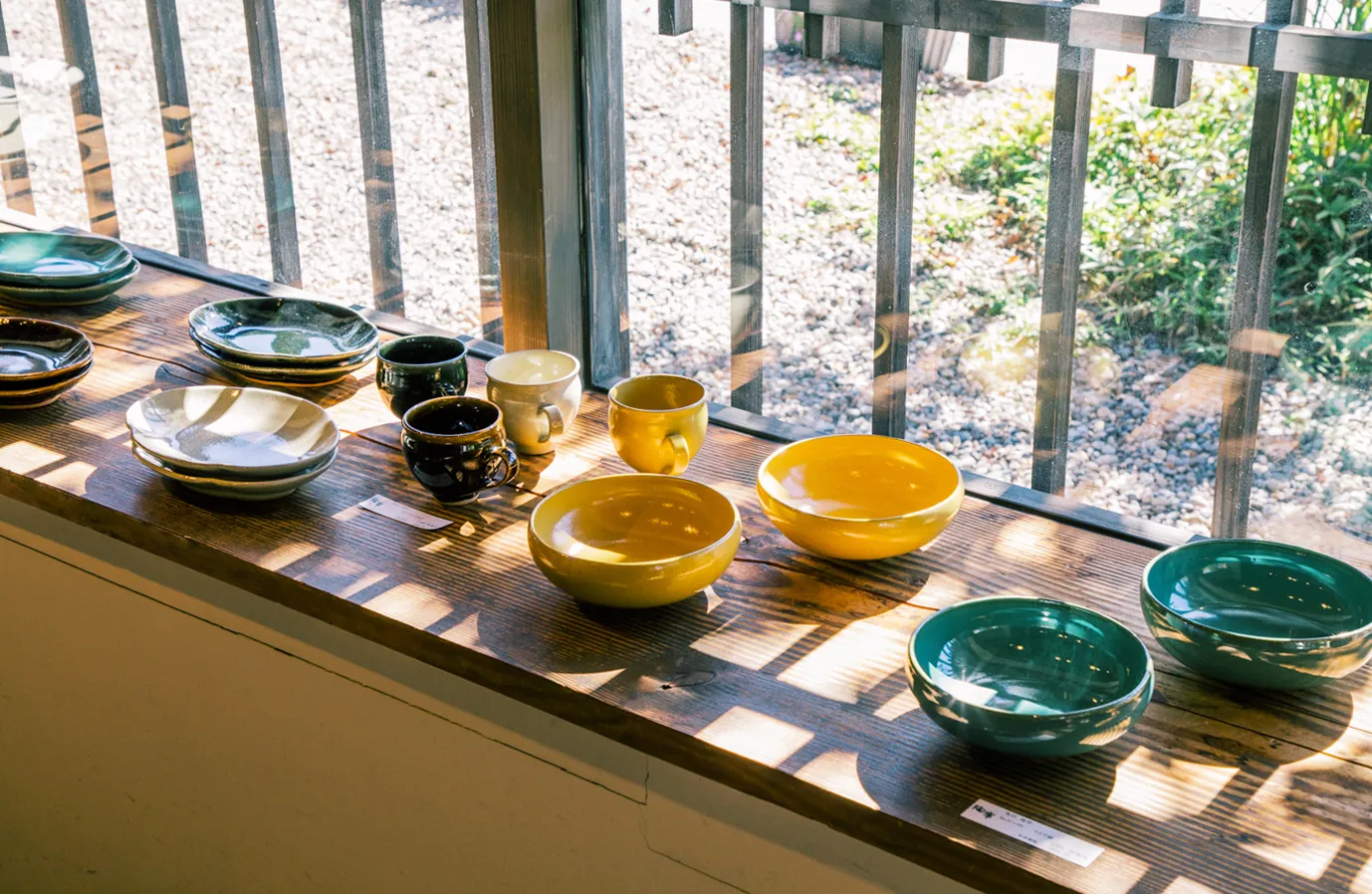
The second day of the tour provides time for shopping on Mashiko’s main street, Jonaizaka-dori. Starting from the intersection, the street slopes uphill gently for about 500 meters. On both sides, you will find cafes, galleries, and a variety of Mashiko ware shops all with their own distinctive character. Be sure to find a dish you like to keep as a memento of your visit.
